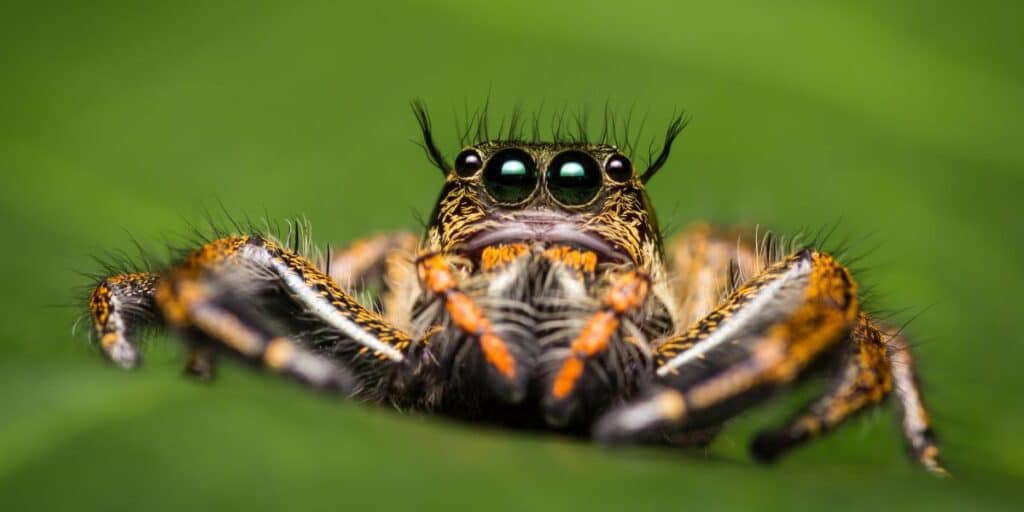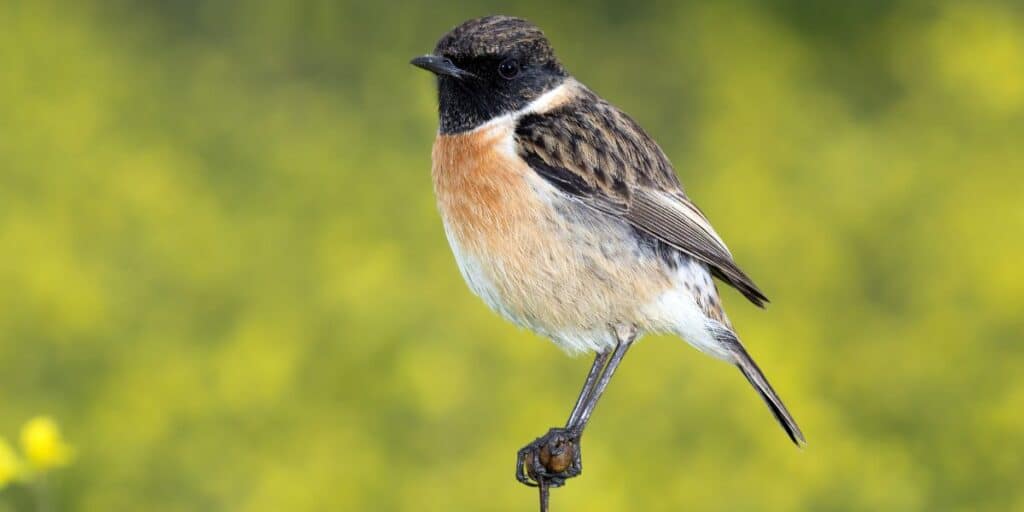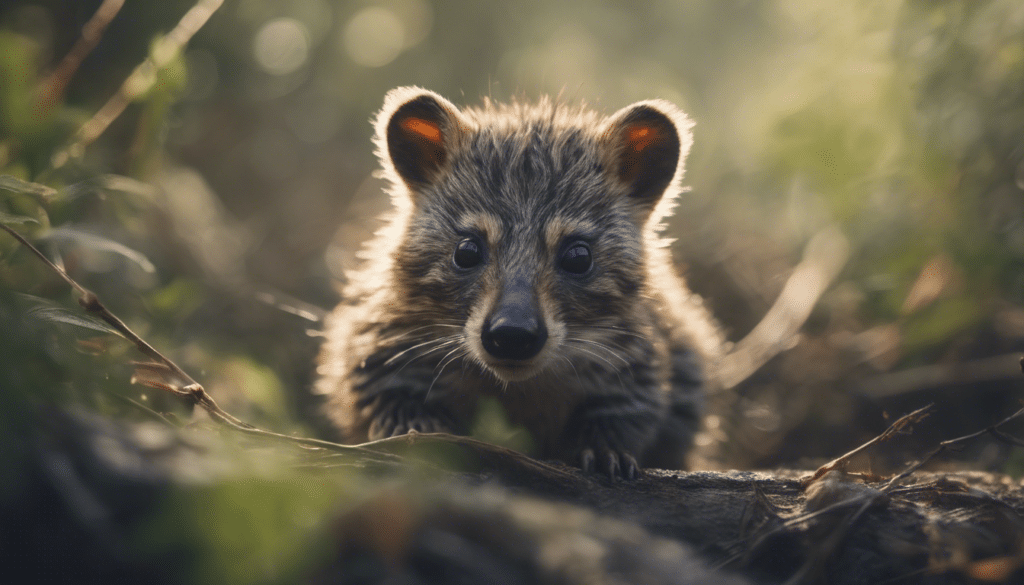The Mammalian Kingdom: Diverse and Dynamic
In the web of life, mammals hold a fascinating position, exhibiting a range of physical adaptations and behaviors that allow them to inhabit diverse environments across the globe. Central to their definition is the presence of mammaries, or milk-producing glands, which nurture their young—a trait synonymous with this vertebrate class.
Mammals are characterized by their warm-blooded metabolism, hair or fur coverage, and complex brain structures. This classification also boasts the most developed nervous systems of all animal groups, leading to enhanced sensory experiences, emotional complexity, and behavioral adaptability.
Mammalian Habitats and Adaptations
From the depths of the oceans, where whales and dolphins gracefully roam, to the sweeping savannas that host galloping herds of ungulates, mammals have evolved to exploit every conceivable ecological niche. In the forest canopies, primates demonstrate remarkable agility, while deep underground, mole species show sophisticated burrowing expertise. The diversity of habitats colonized by mammals is indicative of their evolutionary success and adaptability.
Each species exhibits unique adaptations that enhance their survival. The ability to regulate body temperature allows them to endure in both freezing and intensely hot climates. Meanwhile, specialized limbs and appendages enable some to fly, as seen in bats, or dig, apparent in the case of meerkats and moles.
Reproductive Strategies and Offspring Rearing
Reproductive strategies among mammals are as varied as their habitats. While many bear live young, a defining characteristic of the group, others like the monotremes—the echidnas and the platypus—lay eggs. Post-birth nurturing strategies also vary. Some species, such as kangaroos, continue to protect and feed their immature young in specialized pouches, while others, such as rodents, rapidly reach independence.
What is consistent is the active care provided by one or both parents, a behavior critical to the successful rearing of offspring and consequential to the social structures observed in many mammalian species.
Conservation and the Importance of Mammals
Despite their resiliency, mammals face unprecedented challenges due to human activities such as habitat destruction, pollution, and overhunting. Mammals play various pivotal roles from being keystone species that maintain the structural integrity of ecosystems to acting as bioindicators that reflect the health of ecological zones.
Protecting mammal diversity is an active and ongoing concern, with numerous international and community-led initiatives in place to monitor, preserve, and restore mammalian populations worldwide. The urgency of this mission cannot be overstated, as it not only safeguards these awe-inspiring creatures but maintains the crucial biodiversity essential for all life on Earth.
Mammalian Behaviour and Intellect
Mammals are known for their complex behavioral patterns and advanced cognitive abilities. Elephants exhibit profound family bonds and mourning rituals, while cetaceans—dolphins and whales—communicate through intricate acoustic signals. The behavior of these creatures often reflects a high level of intellect and social complexity, transcending mere survival instincts and entering the realm of culture and emotion within animal communities.
Understanding mammalian behavior enriches our comprehension of nature’s vast capacities and further underscores the critical need to preserve these intelligence bearers of the animal kingdom.
In summary, mammals are not simply another group of animals; they are integral architects of Earth’s ecosystems, players in the balance of nature, and reflectors of environmental health. Through intricate behaviors, diverse adaptations, and broad habitats, they enrich our planet with life and complexity. Their presence is a constant reminder of the interconnectedness of all living beings and the importance of respecting and preserving the natural world.
Understanding the Lives of Small Wild Mammals

Ecology and Habitats of Small Wild Mammals
The ecology and habitats of small wild mammals are as diverse as the species themselves. Spanning from dense forests to the sprawling savannah, these creatures have adapted to occupy a myriad of environments. They contribute significantly to ecosystem balance by dispersing seeds, pollinating plants, and serving as prey for larger predators. Particular attention should be paid to their nesting habits, as these are crucial for their reproduction and protection against predators.
Understanding the types of shelters they use, ranging from burrows to tree hollows, offers insight into the intricate balance of ecosystems. For instance, many small mammals opt for underground living, which not only provides safety but also plays a role in soil aeration and nutrient cycling. Others might construct nests from leaves and twigs, showcasing an intricate understanding of their environments.
Feeding Behaviors and Diet
The feeding behaviors and diet of small wild mammals are closely tied to their survival and reproductive success. These animals have evolved a range of foraging strategies and dietary preferences that allow them to leverage the resources available in their habitats efficiently. Invertebrates, seeds, fruits, and vegetation often comprise their diet, with some species exhibiting specialized feeding habits that enable them to exploit specific environmental niches.
By studying the feeding patterns of these mammals, one can glean the relevance of their roles in food webs and their impact on plant pollination and seed dispersal. Small mammals are often key prey species, so understanding their diets is critical for conserving predator populations as well.
Reproductive Strategies and Offspring Development
The reproductive strategies and offspring development of small wild mammals hold the key to their perseverance despite environmental challenges. Many species exhibit a high reproductive rate, which is essential to maintain their populations in the face of predation and habitat loss. The care given to their young, including nursing and teaching survival skills, is crucial for the continuation of species.
By delving into their mating systems, gestation periods, and parental care methods, we can better understand their population dynamics and the implications for conservation efforts. Monitoring the growth and survival rate of the young in the wild enables conservationists to make informed decisions about protective measures and habitat restoration.
Threats to Small Mammal Species and Conservation Measures
Small wild mammals face various threats that can critically endanger their populations. Habitat loss due to human activities, climate change, invasive species, and pollution are some of the most pressing challenges. These threats not only diminish their natural living spaces but also disrupt their food sources and breeding grounds.
Fortunately, tailored conservation measures can mitigate these impacts. Establishing protected areas, restoring degraded habitats, and enforcing wildlife trade regulations are just a few ways to safeguard these creatures. Additionally, public education and involvement are crucial in promoting conservation and fostering a coexistence between humans and wild mammals.
By breaking down these topics, we can weave a complex, yet accessible tapestry of the lives of small wild mammals. Understanding their intricate world not only deepens our appreciation for these creatures but also underscores the critical role they play in the harmony of our planet’s ecosystems. Through vigilant study and conservation, we can ensure these mesmerizing species remain a part of our natural heritage for generations to come.
Common Habitats and Adaptations

Mammal Diversity Across Ecosystems
Mammals, an incredibly diverse group of warm-blooded animals, have conquered nearly every habitat on Earth, from the icy Arctic tundra to the scorched sand deserts. The defining characteristics of mammals include their hair or fur coverings and the unique ability to nourish their young with milk produced by the females’ mammary glands. This adaptability to a vast array of environments is not only due to their physiological makeup but also to their behavioral sophistication.
Tundra and Arctic Adaptations
In the ice-clad landscapes of the tundra, mammals such as the polar bear and arctic fox exhibit remarkable adaptations. Polar bears possess an insulating layer of fat and dense fur to protect against chilling winds and freezing temperatures. Similarly, the arctic foxes’ fur changes hue in response to the seasons, offering camouflage against the snow and rocks, a strategy critical for survival.
Forest Dwellers and Their Survival Strategies
Forests, ranging from the temperate to tropical rainforests, are teeming with mammalian life. Creatures like the squirrel exhibit nimble acrobatics among treetops, which serves as a means to evade predators and commute between food sources. Additionally, bats rely on their sonar capabilities to navigate dense canopies and hunt insects, a prime example of sensory adaptation.
Desert Specialists and Water Conservation
Deserts challenge mammals with extreme heat and scarce water; yet, some have thrived. The kangaroo rat, with its water-efficient metabolism, can survive on the moisture obtained from seeds alone. Camels, on the other hand, store fat reserves in their humps and can sustain long periods without water, effectively utilizing their internal resources.
Marine Mammals and Aquatic Prowess
Marine environments are home to some of the most specialized mammals, like dolphins and whales. These creatures have evolved streamlined bodies for efficient movement through water and can hold their breaths for extended periods, an adaptation crucial for diving and hunting underwater.
Grassland Grazers and the Art of Camouflage
The vast grasslands house a variety of grazing mammals such as deer and zebras. These animals have developed strong limbs for running, allowing them to escape from predators. The unique patterns on zebras act as visual noise, making it difficult for predators to focus on a single target.
Mountain Specialists and Altitude Adjustment
High altitude environments present a unique challenge to mammalian life. The mountain goat, possessing specialized hooves, can navigate steep and rocky terrains. Additionally, mammals like the Yak have developed larger lungs and a greater capacity for oxygen transport – a necessary adaptation in thinner mountain air.
Urban Wildlife and Human Influence
Even urban settings have become habitats for certain mammals. These creatures, such as raccoons and rodents, show remarkable flexibility by scavenging and adapting to human-centric environments. This opportunistic behavior showcases the immense adaptability of mammals to altered landscapes.
The spectrum of habitats occupied by mammals showcases the vast adaptational toolkit these animals possess, enabling them to thrive in Earth’s rich tapestry of environments. From anatomical innovations like fur and fat for insulation to physiological adjustments for water conservation or oxygen absorption, mammals continue to demonstrate their remarkable versatility and resilience in the face of ever-changing habitats. Understanding these adaptations not only illuminates the wonders of mammalian biology but also emphasizes the importance of preserving diverse habitats that are home to these incredible creatures.









